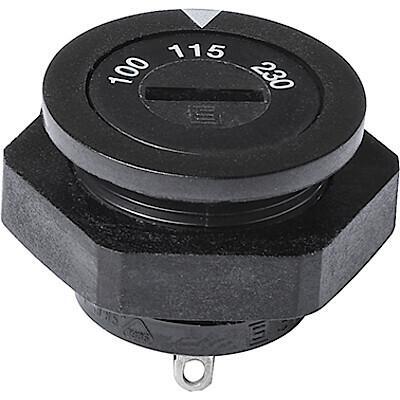You have 2 effects going on that can open the contacts: Vibration and Shock. Shock will take the g levels you cite to open the contacts (duration of the shock also needs to be known/estimated), but vibration can open the contacts at well below that g level if a resonance frequency is encountered. All systems will resonate in response to a vibration input, and it is likely that a transition thorough a resonance frequency with enough amplitude can cause the switch contacts to open. We see this frequently when testing vehicle wiring – electrical connectors pass shock with no issues but momentarily fail during vibration tests. I’ve yet to see a relay, switch or connector that doesn’t have this happen, but the frequencies/amplitude that these occur at are usual well outside of what one is likely to encounter in normal applications. That said, rockets usually fall a little outside what is considered a “normal” application.
The Schurter rotary switch is rated for vibration to IEC 60068-2-6, test Fc, but without knowing the level they tested to it is hard to know if it is suitable for use in these applications. The anecdotal in-use data appears to show it is suitable, but lacking a formal failure reporting and root-cause analysis system it is hard to say for certain.




